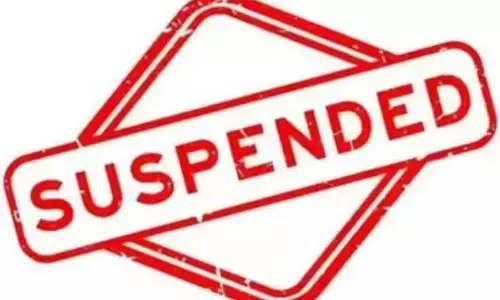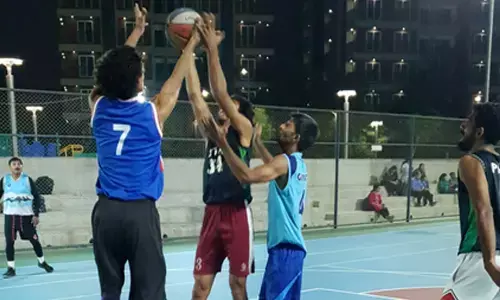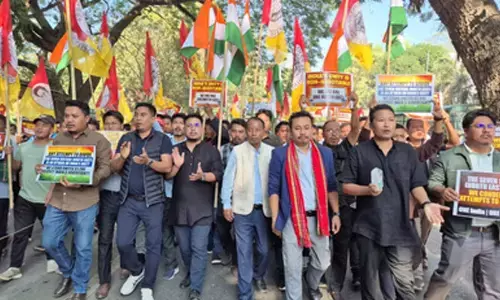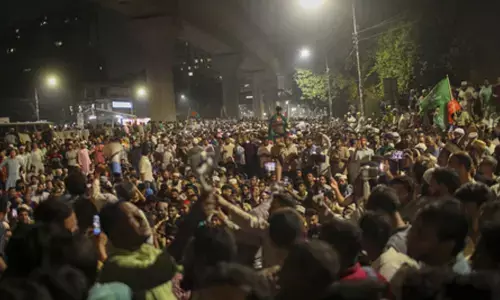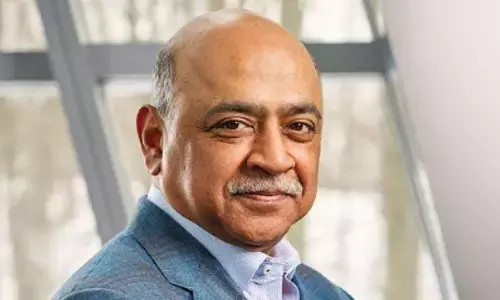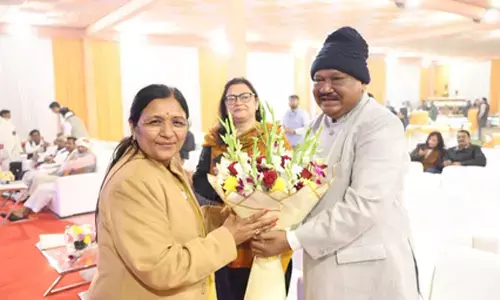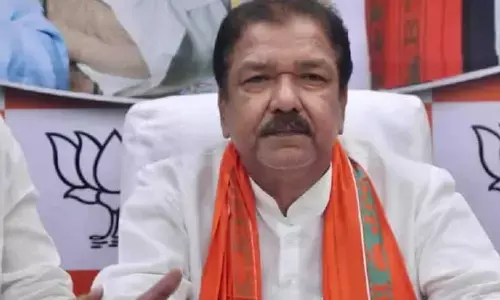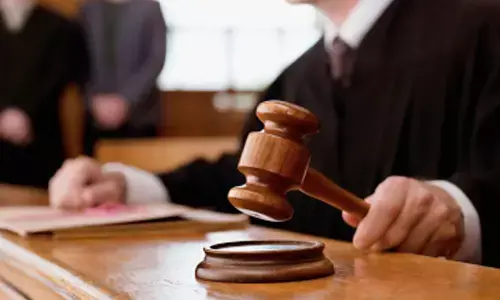Will India-Myanmar interests align?
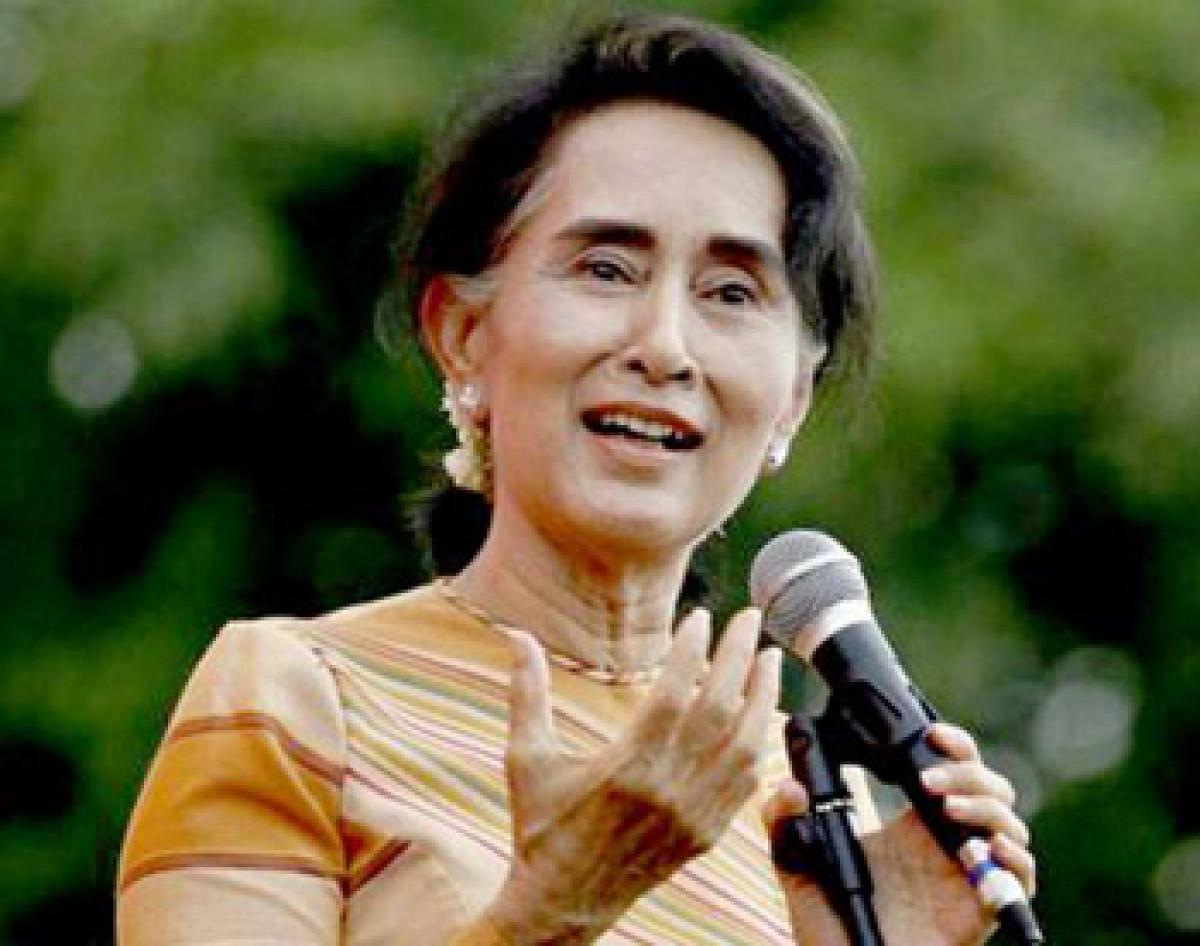
We do know of the Buddhist link in a superficial way, not about the Hindu links. We know that the last Mughal King Bahadurshah ‘Zafar’ died a prisoner of the British in Rangoon. We know that Lokmanya Tilak was jailed for six years in Mandalay.
Of all our neighbours, we know about Myanmar the least. For many Indians, if not for most, Myanmar that we knew as Burma or Brahmadesh in the past is a closed book. We have only a vague idea that a long time ago our ancestors called it Suvarnabhumi.
We do know of the Buddhist link in a superficial way, not about the Hindu links. We know that the last Mughal King Bahadurshah ‘Zafar’ died a prisoner of the British in Rangoon. We know that Lokmanya Tilak was jailed for six years in Mandalay.
But that is all history. Our geography textbooks in school also do not tell us much about Burma, which was a part of British India until 1937. The military junta that seized power in 1962 did not like India and Indians living there had to be airlifted. It was a big blow to Jawaharlal Nehru’s neighbouhood policy, to be compounded that very year by an armed conflict with another neighbor, China.
The Indian media does not have a presence in Myanmar. And since the military rule was supreme, nobody from Bollywood thought Myanmar was picturesque enough to shoot a film there. The only memory is that of a vintage song: “Mere piya gaye Rangoon….”
We read about Nobel laureate Aung San Suu Kyi’s recent electoral triumph, but we rarely come across an article on its significance. Much of what we read and know is from the Western media. When Suu Kyi‘s party took office last week, no Indian TV channel reported it ‘live’. It had to be Ashish Ray, an Indian, but London-based, journalist.
On March 30, Htin Kyaw, a confidante of Suu Kyi, was sworn in as Myanmar’s president, ushering in the first democratically elected government into office after five decades of military rule.
Htin Kyaw will be remembered by history as the first civilian president for Myanmar and the head of its first government to be elected in free and fair polls. Suu Kyi’s party, the National League for Democracy (NLD), won a landslide victory in elections last November, in a reflection of Suu Kyi’s widespread public support.
Rightfully, the job belonged to Suu Kyi, who has been the face of the pro-democracy movement and who endured decades of house arrest and harassment by military rulers without ever giving up on her non-violent campaign to unseat them. But a constitutional provision barred Suu Kyi from becoming president. The new government has vowed to annul it. If that goes off well, which seems difficult considering the army’s presence in the new legislature, Suu Kyi may be the president some day.
The constitutional clause that denied her the presidency excludes anyone from the position who has a foreign spouse or children. Suu Kyi’s two sons are British, as was her late husband, now deceased. The clause is widely seen as having been written by the military with Suu Kyi in mind.
Now that her party is in power, she has to wield power. Self-denial and modesty will not do. This is the requirement of the day that she must fulfill to let the nascent democracy survive and flourish. She has made it clear that whoever sits in that chair will be her proxy. She has said repeatedly she will run the government from behind the scenes.
It is tempting to talk of a personality cult, but Myanmar needs her at this juncture. The democracy that Suu Kyi and her colleagues are building is still not a complete package. The military has reserved 25 per cent of the seats in parliament for itself, guaranteeing that no government can amend the constitution without its approval.
Also, it ensured that one of Htin Kyaw’s two vice presidents is a former general, Myint Swe, a close ally of former junta leader Than Shwe. Myint Swe remains on a U.S. Treasury Department blacklist that bars American companies from doing business with several tycoons and senior military figures connected with the former junta.
A key figure in the Myanmarese military, Senior General, Min Aung Hlaing has said that the armed forces would “cooperate to bring about prosperity” if “obstacles” like “failure to abide by the rule of law and regulations” and “armed insurgencies” are overcome. Then only “will there be advancement on the path of democracy.”
Clearly, the military thinks and says tht it is the sole unifier of the country. In accordance with Myanmar’s constitutional arrangement, representatives of the armed forces will continue to retain three important portfolios in the Cabinet home, defence and border affairs. Of these, the home portfolio is particularly significant, as it is not only responsible for maintaining peace and internal security, but all civil servants, right down to district level, report to it.
Only time will tell if Suu Kyi will risk a confrontation with the military at some stage or whether there will be an arrangement under which both civil and military will co-exist. A powerful role for the military within a democratic setup is not unknown to Asia, be it Pakistan or Bangladesh and Thailand in Manmar’s neighbourhood.
For India, Myanmar’s importance can never be over-emphasised. As Sardar K M Panikkar said in 1943 when Burma was under Japanese occupation, “defence of Burma is in fact defence of India and it is India’s primary concern no less than Burma’s to see its frontiers remain inviolate”.
After the military takeover in Burma, India drifted away from the neibhbour. Successive governments through the 1960s-90s followed a principled policy and supported democracy, but with little benefit. This gave China the scope to consolidate its ties with a sanction-hit Burma. By the time India’s approach changed under P V Narasimha Rao and his “Look East Policy”, China was deeply engaged in sustaining the military junta in power.
India needed to change course because China-backed militants were playing havoc in the North-East. When a semblance of cooperation ensued, the Burmese military was not amused when India chose honoured an exiled/jailed Suu Kyi.
A breakthrough came when APJ Abdul Kalam became the first Indian head of state to visit Myanmar and Senior Gen. Than Shwe returned the visit. Over the years, India has carried out many projects, but many more remain to be commenced or completed.
Thant Myint U, a Cambridge and Harvard educated historian and grandson of U. Thant, once secretary-general of the United Nations, in his book Where China Meets India, portrays Myanmar as a battleground between India and China. This is true in more than one sense. But India is far behind Beijing vis-à-vis investment and trade.
Very gradually, New Delhi has been marking some significant presence under the Rao doctrine, with extension of aid and soft credit to the tune $2 billion. The bilateral trade is a measly $ 2.5 million. The process remains uneven and unsatisfactory.
India and Myanmar can and should step up economic cooperation to the benefit of both. It is India’s gateway to Southeast Asia. It is an immediate neighbour but is not a member of SAARC (South Asian Association for Regional Cooperation), but only an observer. Its ethos is Southeast Asian, not coloured by historical bickering. India must take full advantage of this.
Above all, India needs Myanmar to develop its isolated northeast and to fight long years of militancy there. India’s “Look East” policy cannot succeed unless this is achieved in full measure. Will Suu Kyi make her first visit as a powerful government leader to Beijing or to New Delhi?








